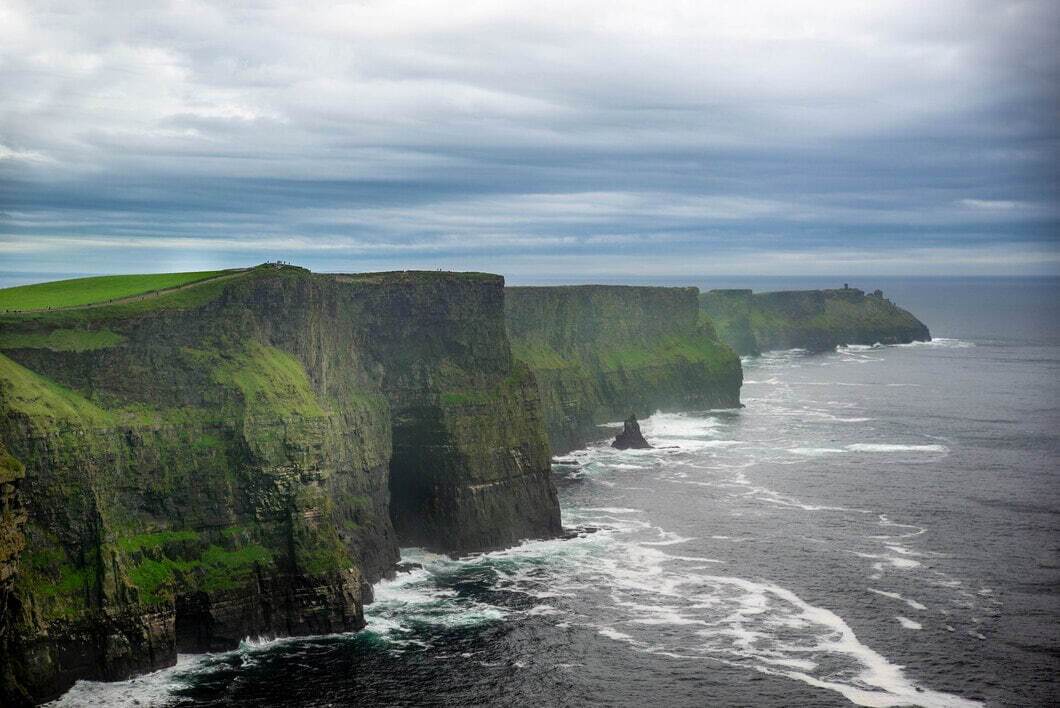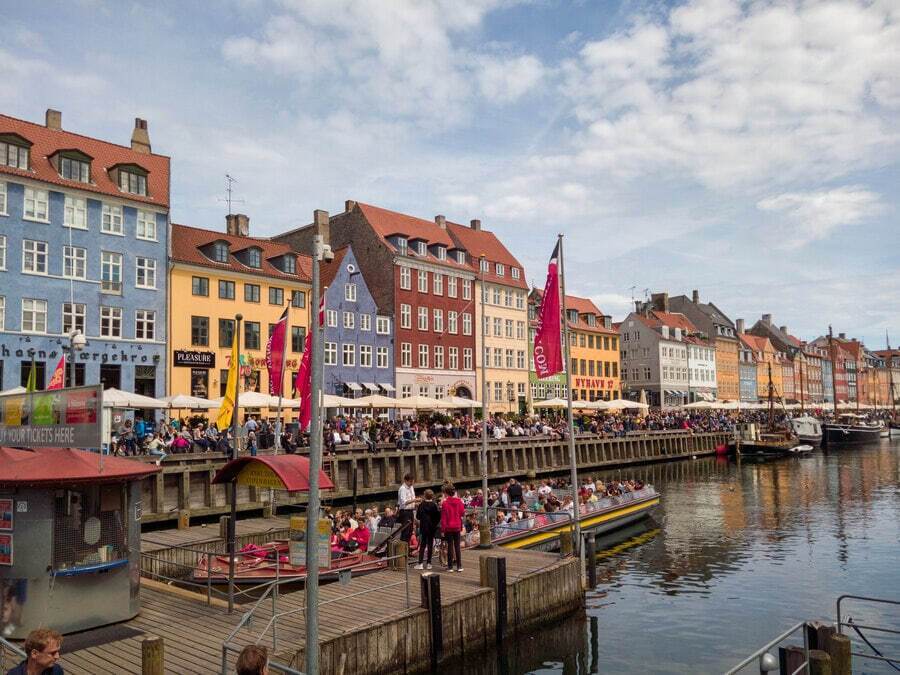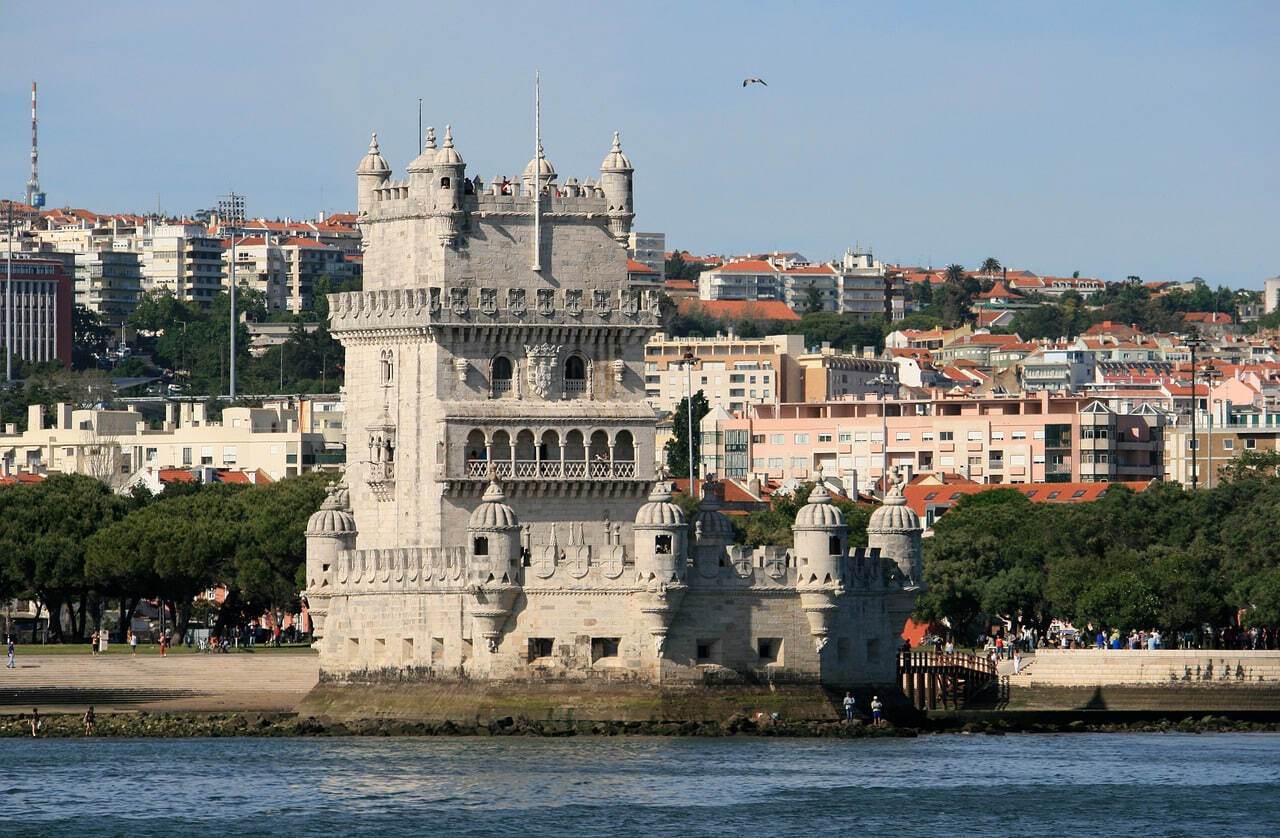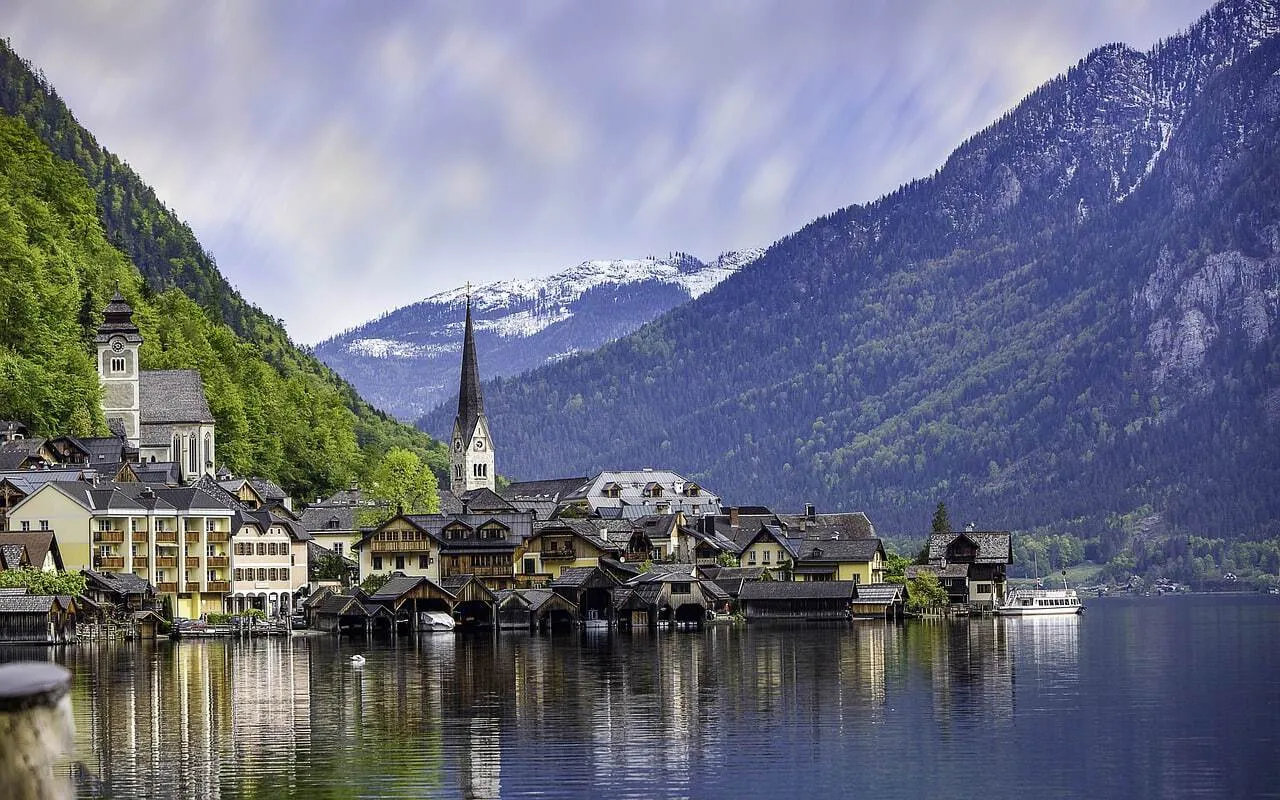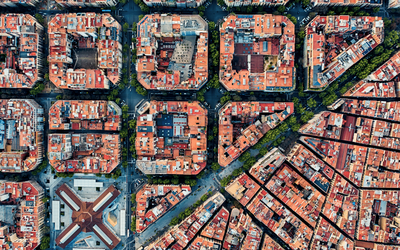Choosing a safe country to live in is becoming increasingly relevant amid global uncertainty. In 2024, the Global Peace Index (GPI) once again updated data on the safest countries worldwide, and the leaders of this ranking continue to demonstrate their commitment to stability and low crime rates.
The Global Peace Index (GPI) is the world's leading indicator of global peace. First introduced by the Institute for Economics and Peace (IEP) in 2007, the GPI annually ranks 163 independent states and territories according to their levels of peacefulness.
In 2024, despite ongoing global challenges such as the COVID-19 pandemic and geopolitical tensions, many countries have demonstrated resilience and a strong commitment to maintaining peace and security. This ranking is particularly important in the context of growing global instability, providing valuable insights for policymakers, researchers, and citizens interested in understanding and improving the state of peace worldwide.
Interestingly, according to data from World Population Review, the top 10 safest countries in the world for 2024 include not only European nations but also representatives from other continents. This highlights the global aspiration for peace and security, showing that peace and prosperity are possible regardless of geographic location or cultural differences.
Global Peace Index: How the Safest Countries Are Ranked
The Global Peace Index (GPI), a widely respected annual ranking, is compiled by the Institute for Economics and Peace (IEP). It provides a comprehensive assessment of safety and security across the world. The process involves multiple stages and factors, making the ranking a reliable source for individuals, businesses, and governments interested in understanding global stability and identifying safe countries for living, investing, and policy development.
Key Criteria for Assessment
The GPI is based on 23 key indicators that provide a detailed overview of a country's internal and external peace levels. These indicators are grouped into three major categories:
- Levels of violence and crime: This includes domestic safety metrics such as homicide rates, violent crime levels, and terrorist activities.
- Political stability: The GPI evaluates government stability, political unrest, and the likelihood of political violence or conflict within the country.
- Militarization: This involves examining a country's defense expenditures, the presence of nuclear weapons, and the involvement of military forces in internal or external conflicts.
- International conflict participation: The index considers the role a country plays in international military conflicts, peacekeeping efforts, and its history of conflict with neighboring nations.
In addition to these core factors, other aspects like healthcare quality, social protection systems, and the availability of essential services are included, making GPI a well-rounded measure for assessing a country's safety and long-term livability.
The Team Behind the Index
The GPI is crafted by a specialized team of IEP experts that includes:
- International Relations Analysts who focus on global peace initiatives and conflict resolution strategies.
- Economists who evaluate the economic stability and resource allocation of each nation.
- Security Specialists who provide insights into a country's defense and internal security mechanisms.
- Statisticians who ensure the data is accurate, representative, and normalized for cross-country comparisons.
The IEP collaborates with prominent international organizations, including the United Nations (UN), World Bank, and Stockholm International Peace Research Institute (SIPRI), to gather comprehensive and reliable data for analysis.
How the Indicators Are Determined
The development of the Global Peace Index is a structured process involving several critical stages:
- Data Collection: Information is sourced from established international organizations like the UN and World Bank. These datasets cover a range of metrics, including crime statistics, military expenditures, and political unrest.
- Indicator Analysis: The 23 qualitative and quantitative indicators are categorized into three main areas:
- Societal Safety and Security: This includes factors such as homicide rates, violent crime, political instability, and access to weapons.
- Ongoing Domestic and International Conflicts: The presence, intensity, and duration of internal and international conflicts are examined.
- Militarization: This assesses the military presence, including defense spending, the size of armed forces, and involvement in external conflicts.
- Indicator Weighting: Each indicator is assigned a specific weight based on its relevance to the country's overall peace level. For example, higher weights might be given to factors like political stability or conflict involvement, depending on the year’s global context.
- Data Normalization: To ensure fair comparison across countries, all the indicators are standardized to a common scale. This process makes it possible to compare countries with vastly different populations, economies, and geopolitical situations.
- Final Calculation: Once all data is normalized and weighted, a final score is calculated for each country, determining its position in the global ranking. The countries with the lowest scores are ranked as the most peaceful.
Features and Limitations of the Ranking
While the GPI is a highly useful tool for assessing global peace, it is important to understand its features and limitations:
- Subjectivity of Some Indicators: Some metrics rely on expert assessments, which can be influenced by subjective judgment. For instance, political stability and government effectiveness may not always be quantitatively measurable and may involve expert opinion.
- Data Time Lag: Due to the time required for data collection, verification, and analysis, the GPI may not immediately reflect the most recent events. For instance, changes due to sudden political unrest or conflicts may not be visible in the current index until the following year.
- Limited Scope: Although comprehensive, the GPI does not cover all aspects of safety and quality of life. For example, it focuses on peace and security but may not account for other quality-of-life indicators like income inequality, education quality, or environmental conditions.
Why the GPI Matters
The Global Peace Index serves as an essential tool for tracking global security trends and identifying regions where safety is prioritized. It provides invaluable insights not only for governments and policy makers but also for individuals seeking safe environments for relocation or investment. Investors, for example, often use the GPI to evaluate potential risks and opportunities in different countries.
In conclusion, the GPI gives a clear snapshot of which nations are the safest and most stable in 2024. While it is a robust and detailed ranking, users should consider it in combination with other tools and studies for a full understanding of a country’s overall safety and livability.
Leaders of the Safety Ranking: Country Descriptions
1. Iceland
Iceland consistently holds the top spot as the safest country in the world. With its low crime rate, absence of regular police patrols carrying firearms, and environmental stability, it is an ideal country for family living. Iceland also places a strong emphasis on social protection and equality among its citizens. For 14 consecutive years, Iceland has led the Global Peace Index due to its neutrality policy and stable economic development.
2. Denmark
Denmark is one of the most stable countries in Europe, known for its high level of social welfare and strong healthcare system. The country actively combats any forms of violence and crime, making it a safe place to live. Denmark's political system is also one of the most resilient in the world. According to World Population Review, Denmark consistently ranks among the safest countries, confirmed by its high positions in various international rankings.
3. Ireland
Ireland ranks third due to its political stability and low crime rate. The country pays special attention to the safety of its citizens and actively invests in social infrastructure. According to Global Peace Index, Ireland also has high levels of personal freedom and social tolerance, which contribute to an overall sense of safety and comfort for both residents and visitors.
4. New Zealand
New Zealand is not only known for its natural beauty but also for its high level of safety. Crime is extremely low here, and violent offenses are almost nonexistent. Interestingly, New Zealand has no poisonous or dangerous animals, making life even more comfortable. According to Global Peace Index, New Zealand consistently ranks in the top 10 safest countries globally, emphasizing its strong public safety and quality of life.
5. Austria
Austria boasts a high level of safety, where serious crimes are rare. The country also has a low terrorist threat level, attracting tourists and immigrants alike. According to Global Peace Index, Austria is one of the safest countries globally, confirmed by low crime rates and high levels of public security.
6. Singapore
Singapore is one of the safest countries in Asia. The government's strict anti-crime policies and stringent laws, including firearm control, help keep crime rates low. Furthermore, according to World Population Review, Singapore regularly tops safety rankings for infrastructure and digital technology, making it a desirable place to live and conduct business.
7. Portugal
Portugal continues to climb in safety rankings due to its improved economic and social indicators. In recent years, the country has experienced an economic boom, which has reduced crime rates and improved the quality of life for its citizens. According to Global Peace Index, Portugal ranks among the safest countries in the world, showing particularly high scores in personal safety and low crime rates.
8. Slovenia
Slovenia, a former Yugoslav republic, demonstrates stable growth in safety. The country pays special attention to healthcare protection, road safety, and infrastructure resilience. Slovenia is actively developing programs to improve the quality of life for its citizens. According to Global Peace Index, Slovenia ranks as one of the safest countries in Europe, confirmed by low crime rates and high public security levels.
9. Japan
Japan traditionally ranks among the top 10 safest countries. Armed conflicts and political instability are practically non-existent here. The high levels of digital and healthcare safety make Japan an ideal place to live, especially in major cities like Tokyo. According to Global Peace Index, Japan consistently holds a high position in safety rankings, affirming its status as one of the safest countries in the world.
10. Switzerland
Switzerland is known for its neutrality policy and high safety. The high standard of living, low crime rate, and independence from external conflicts make this country attractive for those seeking stability. According to Global Peace Index, Switzerland consistently ranks among the safest countries in the world, confirmed by its high personal safety scores and low crime rates.
For a better understanding of the situation in each of the listed countries, let’s examine the key indicators that influence the overall level of safety and quality of life. Below is a comparative table showing the main statistical data for the ten safest countries in the world in 2024:
| Country | Quality of Life Index (0-100) | Crime Rate (per 100,000) | GDP per Capita (USD) | Safety Index (0-100) | Unemployment Rate (%) |
|---|---|---|---|---|---|
Iceland | 95 | 1.8 | 68,386 | 98 | 3.5 |
Denmark | 93 | 3.9 | 67,803 | 96 | 4.8 |
Ireland | 91 | 4.7 | 94,556 | 95 | 4.3 |
New Zealand | 92 | 2.5 | 48,350 | 97 | 3.4 |
Austria | 90 | 5.2 | 53,637 | 94 | 5.0 |
Singapore | 89 | 0.9 | 72,794 | 99 | 2.1 |
Portugal | 87 | 6.8 | 24,578 | 92 | 6.1 |
Slovenia | 86 | 5.4 | 29,291 | 93 | 4.2 |
Japan | 88 | 1.0 | 39,285 | 97 | 2.6 |
Switzerland | 94 | 3.5 | 87,097 | 95 | 4.3 |
Note: The data presented in this table is approximate and based on various international indices and statistics for 2024. The Quality of Life and Safety Indexes are presented on a scale of 0 to 100, where 100 is the best score. Crime rates are indicated per 100,000 population. GDP per capita is shown in USD.
Comparative Analysis of the Leading Countries in Safety
Let’s examine the key differences and advantages of the leading countries in safety:
| Country | Crime Rate | Political Stability | Social Protection | Healthcare System | Natural Threats |
|---|---|---|---|---|---|
Iceland | Very low | High | Good | Absent | |
Denmark | Low | Very high | Very high | Excellent | Low |
New Zealand | Very low | High | High | Good | No dangerous animals |
Singapore | Very low | Very high | Medium | Excellent | Low |
Switzerland | Low | Very high | Very high | Good | Low |
This comparative analysis reveals that all these countries have low crime rates. However, countries like Iceland and New Zealand stand out for their absence of natural and environmental threats. Singapore leads in terms of digital security, making it particularly attractive to tech specialists and investors.
Factors Contributing to the High Rankings of Leading Countries
The top-ranking countries in the world's safest countries list exhibit several common characteristics that contribute to their high positions:
- Stable Political Systems
Countries such as Iceland, Denmark, and New Zealand have stable democratic institutions, low corruption levels, and effective governance. This fosters trust between citizens and the government, which directly impacts public safety. - High Economic Development
The leading countries have high GDP per capita, low unemployment rates, and equitable income distribution. Economic stability reduces the risk of social conflicts and poverty-related crime. - Effective Social Protection Systems
Developed healthcare, education, and social welfare systems, characteristic of Northern European countries and New Zealand, promote a high quality of life and reduce social tensions. - Low Militarization Levels
Many of the leading countries, such as Iceland and New Zealand, have relatively small armed forces and do not participate in international conflicts, contributing to their peaceful status. - Law-Abiding Culture
These countries exhibit a high level of legal culture and respect for the law among the population, leading to low crime rates and high public safety. - Innovative Approaches to Security
Leaders in the ranking often implement advanced technologies in public safety, including surveillance systems, smart cities, and efficient crime prevention methods. - Geographic Location and Natural Conditions
Some countries, like Iceland and New Zealand, benefit from their isolated geographic location, which reduces external threat risks and facilitates border control.
These factors collectively create a favorable environment for maintaining high safety and quality of life, reflected in the countries' consistently high positions in international safety rankings.
In-depth Analysis of Safety Factors and a Critical Perspective on Global Safety Rankings
Key Factors Affecting Country Safety
A deeper examination of the factors influencing the safety of countries reveals several key aspects that play a pivotal role in determining a nation’s position in safety rankings:
- Economic Stability
Countries with high GDP per capita and low unemployment rates tend to exhibit higher levels of safety. Economic stability often correlates with reduced crime rates and fewer social conflicts. However, economic prosperity does not necessarily guarantee the absence of income inequality, which can still contribute to localized insecurity and social tensions. - Political System
Democratic countries with robust institutions frequently rank higher in global safety indexes. A strong rule of law, low corruption levels, and functional governance are integral to public safety. However, some authoritarian regimes may also maintain high levels of security, though often at the cost of personal freedoms and civil liberties. - Social Cohesion
Societies with high levels of trust between citizens and towards governmental institutions are generally safer. Social cohesion fosters cooperation and law-abiding behavior. However, this factor is somewhat subjective and can be challenging to measure accurately. - Geopolitical Location
Neutral countries or those geographically removed from conflict zones tend to be perceived as safer. Nations like Iceland and New Zealand, which are isolated from major global conflicts, benefit from this perception. However, geographic isolation does not always reflect a country’s internal security situation.
A Critical Perspective on the Global Peace Index (GPI)
While the Global Peace Index (GPI) is a valuable tool for assessing country safety, it is important to acknowledge certain limitations in its methodology:
- Subjectivity of Ratings
Some of the metrics used to rank countries are subjective, relying on expert assessments that may be influenced by personal judgment or regional biases. For instance, political stability and the impact of internal conflicts can be hard to quantify uniformly across different countries. - Time Lag in Data
The data used to compile the GPI may be delayed, often reflecting past conditions rather than the present situation. This is particularly significant in countries experiencing rapid political, social, or economic changes, where safety conditions may shift quickly. - Averaging Indicators
An overall ranking may mask significant regional disparities in safety within a country. For example, larger countries may have regions with vastly different safety levels, from peaceful metropolitan areas to conflict-prone rural regions. - Cultural Differences
The concept of “safety” can vary widely across cultures. What one nation considers a safety concern, such as political protests, may be viewed differently in another, where such actions are seen as part of democratic engagement. - Media Influence
Perceptions of a country’s safety can be skewed by international media coverage. Highly publicized incidents, such as terrorist attacks or political unrest, can lead to exaggerated perceptions of insecurity, even in generally safe countries.
Changes in Rankings Over Recent Years
A comparison of rankings over the past few years reveals several notable trends:
- Stability of Leaders
Countries that consistently occupy the top positions, such as Iceland, New Zealand, and Switzerland, tend to maintain their rankings year after year. This suggests the resilience and stability of their safety and governance systems. - Impact of Global Events
The COVID-19 pandemic had a significant impact on the safety rankings of many countries, emphasizing the importance of healthcare systems and public health measures in overall safety assessments. - Regional Trends
There has been a general improvement in safety levels across Europe, with countries in this region continuing to dominate the top rankings. Conversely, some regions in Africa and the Middle East have seen declines in safety due to ongoing conflicts and political instability.
Additional Aspects of Country Safety
Beyond the GPI, several alternative indexes provide valuable insights into global safety:
- Human Security Index (HSI):
This index measures safety from the perspective of human development, considering economic, environmental, and social factors.
- Global Terrorism Index (GTI):
The GTI focuses on the impact of terrorism on national security and ranks countries based on the frequency and severity of terrorist incidents. - World Internal Security and Police Index (WISPI):
WISPI evaluates the effectiveness of policing and internal security services in different countries, offering a unique perspective on how well a nation manages law enforcement and public safety.
A comparative analysis of these indexes alongside the GPI can provide a more comprehensive picture of safety across various dimensions.
Conclusion: A Complex Approach to Country Safety
The Global Peace Index remains a valuable resource for understanding the safety and stability of countries worldwide. However, it is essential to approach its interpretation with a critical eye, considering the many factors and limitations involved in its methodology. Safety is a complex and multifaceted concept that cannot always be fully captured by a single numerical score.
For those considering migration to safer countries like Iceland, New Zealand, or Switzerland, these nations offer not only high safety standards but also robust economies and excellent living conditions, making them ideal choices for long-term residency. If you're contemplating such a move, Migronis can assist in finding the best solutions for obtaining citizenship or residency permits in these countries.







